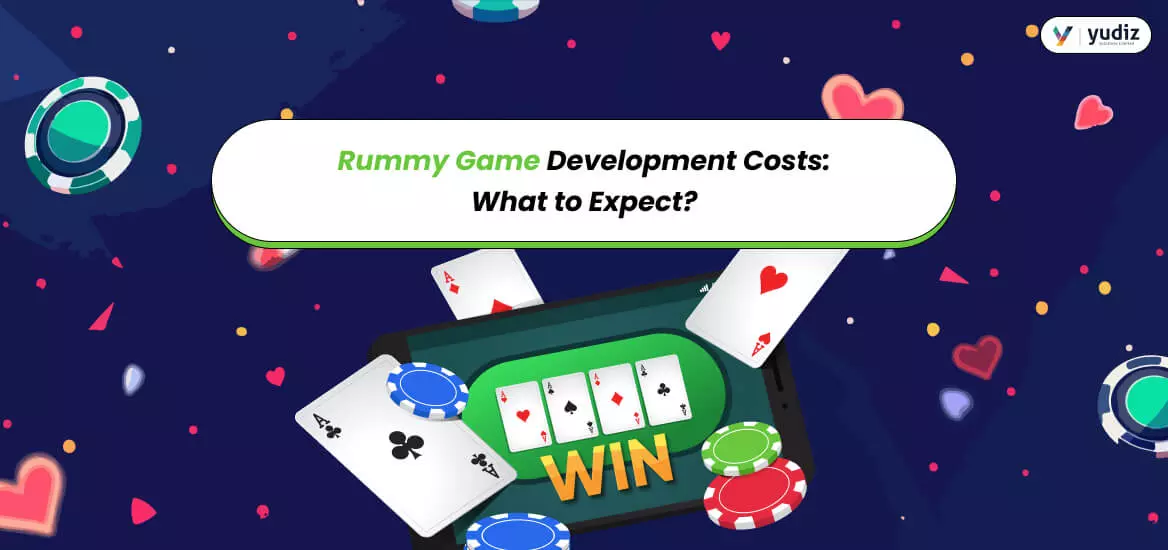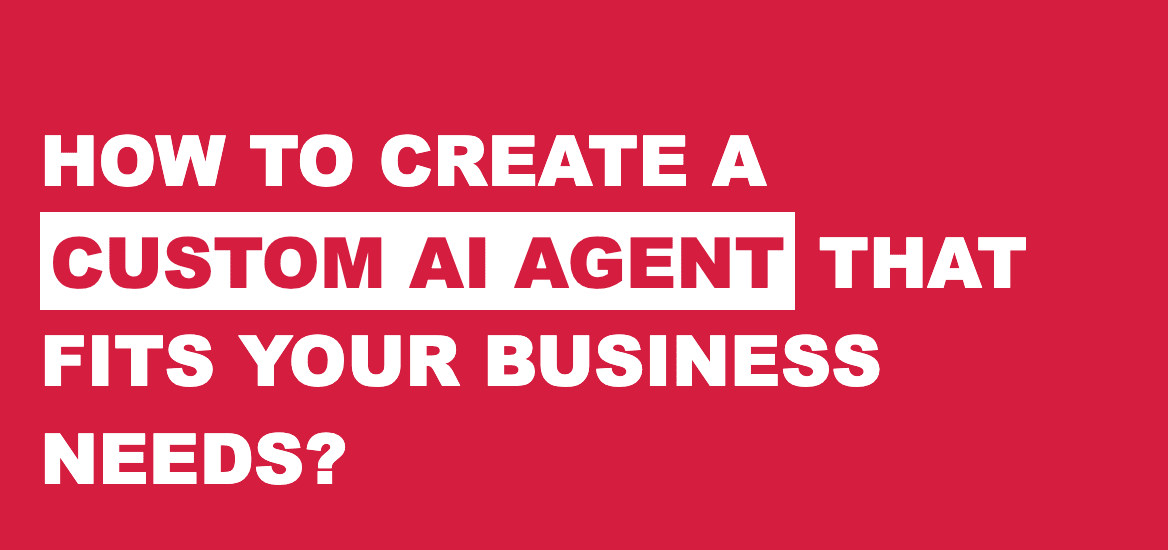Rummy Game Development Costs: What to Expect?

Rummy has grown in popularity, and many businesses are keen to enter the market with custom rummy game development. However, before diving in, it’s essential to understand the cost of rummy game app development. Knowing what to expect can help you budget effectively, ensuring that your project runs smoothly from start to finish. In this article, we’ll break down all the factors that influence the cost of developing a rummy game and the potential expenses you need to consider.
Understanding the Basics of Rummy Game Development
Rummy game development involves creating an engaging and secure platform where players can enjoy classic card games. The game can be played online or via mobile applications, which brings more flexibility and accessibility for users. With so many variations of the game available, developing a game requires both skilled developers and strong game mechanics to ensure an enjoyable experience.
Custom rummy development can be tailored to meet the unique needs of your audience. This personalization is key to standing out in the crowded online gaming market. Whether you want to create a simple version or an advanced, multi-feature game, the cost of development will vary depending on these choices.
Factors That Influence Rummy Game Development Cost
Several factors affect the cost of developing a rummy game. Below, we’ll explore some of the major aspects that play a role in determining your final budget:
1. Platform Selection
The platform you choose for your game will have a significant impact on the cost. Whether you develop for iOS, android, or both will affect the cost of the game development. Developing for both platforms simultaneously may cost more upfront but will increase your audience reach.
2. Game Features
The more features your game has, the higher the cost of development. Features like multi-table support, social sharing, advanced analytics, and real-time multiplayer modes can increase the rummy app development cost. However, these added functionalities often make the game more appealing to users, which can lead to higher player retention.
3. UI/UX Design
An appealing and intuitive UI UX Design is vital to the success of any game. Rummy game design involves creating a seamless experience that attracts and retains players. A well-designed game typically costs more because of the additional time and resources spent on designing custom interfaces, animations, and graphics.
4. Back-End Development
The back-end infrastructure supports the real-time features of the rummy app. This includes player authentication, data storage, and security measures to prevent fraud. Strong back-end architecture is a crucial aspect of game development, as it ensures that the game functions smoothly even with large numbers of users.
5. Security Features
Given the real-money nature of many games, security is a top priority. Implementing secure payment gateways, encrypted user data, and anti-fraud measures will add to the development cost. However, neglecting these security features could lead to significant risks for both the developer and players.
6. Third-Party Integrations
Adding third-party services like payment gateways, social media sharing options, or advertising platforms can increase the rummy game development cost. These integrations provide additional services that can enhance user engagement and monetization, but they also come with licensing fees and additional development time.
Also Read: How to Develop an App like PokerStars?
The Rummy Game Development Process
The rummy game development process involves several stages that ultimately impact the total cost of creating a rummy game. From concept design to deployment, each phase requires the expertise of rummy game developers, designers, and testers. Below are the key phases involved in designing a rummy game:

1. Game Design and Prototyping – In this phase, your development team will design the game’s concept and build an initial prototype. This is where you’ll finalize gameplay rules, visual elements, and user flow.
2. Development and Coding – The development team will start coding the game, including front-end and back-end functionalities. This phase includes implementing the game’s core features, multiplayer options, and other crucial aspects.
3. Testing and Quality Assurance – After coding, the game undergoes rigorous testing to ensure it’s free from bugs and runs smoothly on all intended platforms. Testing is essential to avoid glitches that can frustrate players.
4. Launch and Post-Launch Support – Once the game is ready, it’s deployed to the chosen platform(s). Post-launch support includes updates, bug fixes, and adding new features to keep the game fresh for players.
Each stage of the development process requires time and resources, contributing to the overall game development cost.
Features of Rummy Game Development
To determine the final rummy game development cost, consider the features you wish to include. Here are some common features that developers offer as part of rummy game development services:
- Multiplayer Functionality: Allowing users to play with others in real-time is a popular feature in games.
- In-App Purchases: Adding this feature can help monetize your game, offering players extra chips or power-ups.
- Leaderboard Integration: This feature fosters competition by showing users how they rank against other players.
- Secure Payment Gateways: Since many games involve real money, integrating safe and secure payment options is crucial.
- User-Friendly Interface: A well-designed UI keeps users engaged and improves the overall player experience.
Understanding Cost of Rummy Game Development
It’s essential to have a realistic estimate of how much game development will cost. While prices vary depending on the complexity of the game, here’s a basic breakdown:
- Basic Game: A simple, single-platform game without advanced features can cost anywhere between $5,000 to $10,000.
- Advanced Game: If you want to add multiplayer support, leaderboards, and real-money features, the development cost could range from $10,000 to $15,000 or more.
- Cross-Platform Game: Developing for both Android and iOS with advanced features will increase costs, with estimates ranging between $15,000 to $30,000 or more.
If you’re working with a Reputable Game development company, they should provide a detailed estimate that includes the various aspects of game development. Some companies also offer ongoing support, which could add to the total cost.
Why Hire a Rummy Game Development Company?
Choosing a Top Rummy game development company ensures that the development process runs smoothly, and the end product is of high quality. Such companies provide end-to-end game development services, including game design, development, testing, and deployment. They also have the experience to navigate the complexities of the game efficiently, ensuring your game stands out in the competitive market.
Hiring professionals will also help reduce unforeseen costs in the long run. For instance, a company well-versed in developing a game will already have solutions for potential challenges, saving you time and money. Additionally, they can offer insights into the latest trends and innovations in the gaming industry.
Launch Your Rummy App!

Final Thoughts: Budgeting for Rummy Game Development
When budgeting for your game project, it’s essential to take all factors into account. Everything from the game’s features to platform selection will affect the cost of the rummy game. Keep in mind that investing in high-quality design, robust security, and exciting features can lead to a better player experience, which translates to higher engagement and monetization opportunities.
It’s always wise to consult with experienced rummy game developers to get an accurate estimate for your project. A trustworthy mobile game development company will guide you through each step, ensuring you get the best return on your investment.
If you’re ready to bring your idea to life, make sure you Choose the best rummy game development company that aligns with your goals and budget. Whether you’re looking to build a simple or advanced game, understanding the rummy game development cost will help you plan and execute your project successfully.
Frequently Asked Questions
The cost of rummy game development depends on several key factors. First, the complexity of the game’s design and features plays a major role. Custom graphics and animations add to the expense. Development platform choice—whether mobile or web—also impacts costs. Additionally, the level of integration with payment gateways, user accounts, and online multiplayer functionality can drive up expenses. Finally, the development team’s expertise and location can affect overall pricing.
The key features that impact the pricing of rummy game development include the game’s complexity, platform (iOS, android, or both), graphics quality, and multiplayer capabilities. Custom features like advanced animations, real-time data synchronization, and in-game purchases can also drive costs up. Additionally, integrating secure payment gateways and ensuring cross-platform compatibility add to the expense. The more advanced and polished the game, the higher the development costs, so it’s crucial to balance features with your budget.
Ongoing maintenance costs for a rummy game app typically include server fees, which vary based on user volume and data needs, and regular updates to fix bugs and add new features. You’ll also need to budget for customer support, as handling user inquiries and issues is crucial. Additionally, there are costs for security measures to protect user data and ensure smooth gameplay. Finally, marketing expenses to retain and attract players can also be a significant part of ongoing costs.
Developing a fully-featured rummy game typically takes 4 to 6 months. This timeline includes phases like planning, design, development, testing, and deployment. The exact duration can vary depending on the complexity of features, team size, and the technology stack used. Customizations or additional functionalities could extend the timeline. Working closely with a skilled development team can help streamline the process and ensure timely delivery.
When inventing a rummy game, it’s great to be aware that while the main costs include design, development, and testing, there might be a few additional expenses. These could include licensing fees for any third-party software, ongoing maintenance, or updates to keep the game fresh and engaging. However, these extras are often manageable and can be well worth the investment to ensure a high-quality, successful game. Planning helps keep everything on track and budget-friendly!


















